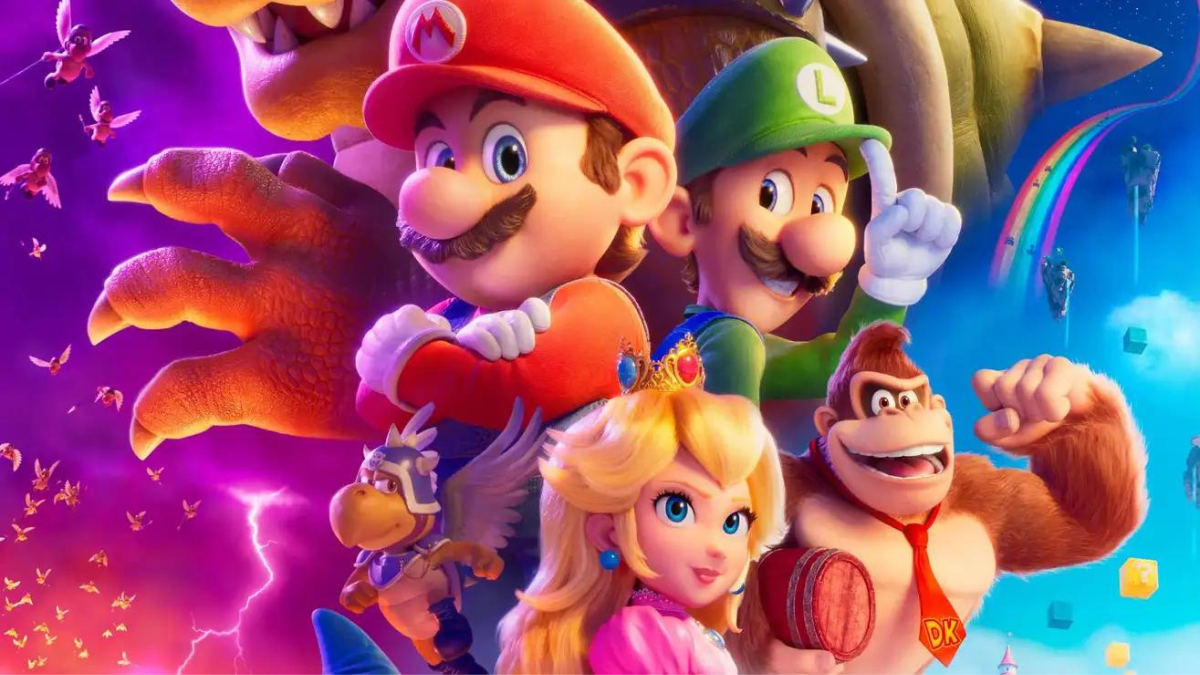Although I haven’t intentionally interacted with the Super Mario universe for many years now, it doesn’t shock me one bit that the The Super Mario Bros. Movie is breaking all sorts of records and is on track to have the most successful box office movie this year. Like myself, I’m sure there are so many people between aged 20+ (intentionally with no upper limit) that recall being consumed by the Super Mario world in the early noughties and decades prior. I’ll never forget playing Mario Kart on the Nintendo 64 at my older cousins’ house; so the opportunity to revisit that world in an alternative (and more mature, because I am SO mature) capacity was one that was always going to reap commercial success.
When we speak about world building, minds often jump straight to universes (from Middle-earth to Mushroom World), but ‘worlds’ don’t always have to exist in quasi-physical locations. Rather than speaking to a place, they speak to a mindset, an interest, a belief, and capture the interest of those who resonate. It’s why a majority of worlds we love and adore in later years first speak to us when we’re young. In our youth we probably didn’t have loads of cash to spend, but affinity is the currency in which the potential of a world can be measured. If someone young or old is willing to give you large amounts of their time, love and energy, then you can certainly build a world around that person and those who are like them.
I once heard a saying ‘your 30s are your 20s, just with money’
And skewing those numbers a little, it makes sense why in adulthood we revisit the things we love and part with hard-earned cash to re-engage with our childhood favourites in a more intentional manner. Without knowing the exact statistics, I wouldn’t be surprised if most cinemagoers watching the new Mario film are families with younger children, and parents looking to connect by offering them a window into their own childhood. Placing a commercial lens on this all (we’ve got to keep the lights on, right?) building a world for your audience to exist in isn’t an overnight job, it’s multiple executions, multiple touchpoints and waves of messaging that truly invite and nurture the most loyal fans. It’s going to where your audience already is and building the world there, rather than immediately building the world around your brand.
The most famous ketchup brand of all, Heinz have established themselves within different worlds through activations that feel Heinz at heart, but speak to explorers of worlds where Heinz aren’t the dominant brand. Take their ‘Hidden Spots’ activation, which looked to showcase some of the best hiding spaces in Call of Duty Warzone — places to take a well-earned break and enjoy a snack. With Heinz front of mind, that greasy mid-game burger wouldn’t feel right without a squeeze of red sauce.
With all this in mind, it’s important to remember that world building isn’t a money making exercise, it’s a commitment to bond building. The best ‘worlds’ are simply invaluable, whether large or small, because loyalty has no price. The same way Marmite has built a world around consumers that literally hate their product. The result is that Marmite is no longer just a food but a phrase, representative of a polarising topic or figure.
In fact, Marmite is just a brand not just a product: you know straight away that I’m talking about the yeast extract edible substance. Simply put, if you can’t be more Mario, be more Marmite. It’s probably more viable to build a world around those who’ve loved you for years, but it’s not impossible to build a world around those who hate you too, as Marmite has proved. Whether the result is sweet or sour, the aim is simply to make people feel a part of the world you’re creating.
Featured image: Super Mario / Illumination

